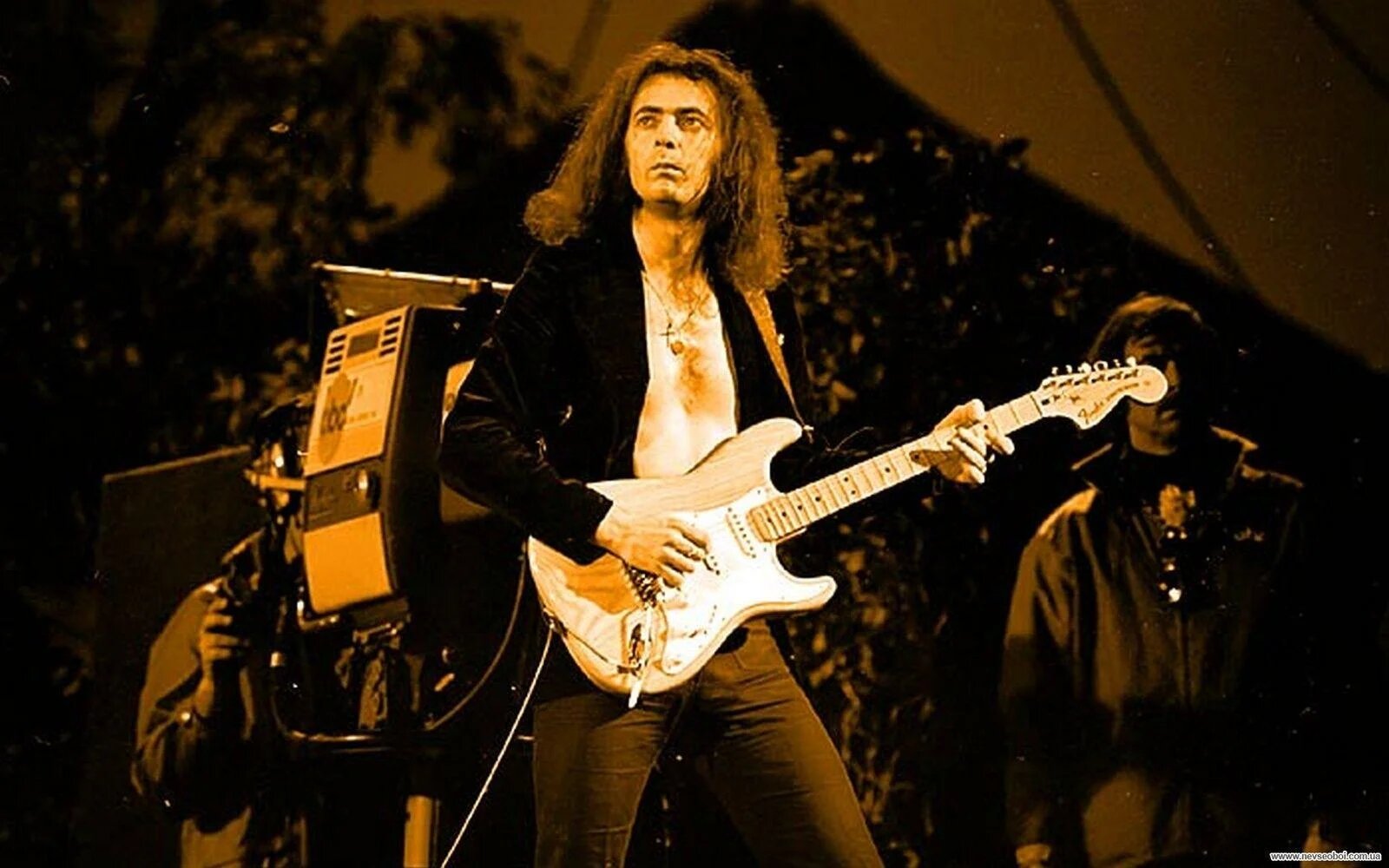
In February 1979, Ritchie Blackmore’s Rainbow gathered together at Chateau Pelly de Cornfeld, a 13th-century castle in the foothills of the French Alps. Picture-postcard Geneva was a short drive over the border, the snow-capped Alps ranged across the horizon. It was to this storied, idyllic spot that the band had come to make their fourth album.

Down To Earth would end up being a very different-sounding record to its three predecessors. But then this version of the band was nothing like even the one that had made Rainbow’s previous album, Long Live Rock ’N’ Roll less than two years previously. Apart from Blackmore, drummer Cozy Powell was the sole survivor of those sessions.
They were joined by new keyboard player Don Airey, and were without a singer and bassist, although their producer, Blackmore’s erstwhile Deep Purple bandmate Roger Glover, was brought in to fill in the latter role.
This, though, was entirely typical of how Blackmore conducted his business, which is to say eccentrically, wilfully and with serial eruptions.
Mercurial as a guitarist, faintly menacing as a character, Blackmore had started Rainbow in 1975. Initially it was as an adjunct to Purple, when his fellow members of that band had sniffed at a new song that he’d come up with, a strident, virtuoso hard rocker that was to be titled Sixteenth Century Greensleeves. Using one of Purple’s American support bands, Elf, and notably their singer, Ronnie James Dio, Blackmore had ostensibly recorded a solo album.
Alongside the quarrelsome Greensleeves, Ritchie Blackmore’s Rainbow was chockfull of other strident, virtuoso hard rockers. Blackmore liked it well enough to bail from the then-ailing Purple and set about establishing Rainbow in its own right. A second Rainbow album, the titanic Rising, was recorded within 10 months. By then Blackmore had jettisoned all of the Elf contingent except Dio. In had come drummer Powell, late of the Jeff Beck Group, bassist Jimmy Bain and American keyboard player Tony Carey. But Dio was Blackmore’s most potent weapon.
Bain and Carey lasted one tour. In their place Blackmore brought in Australian Bob Daisley on bass and Canadian David Stone on keyboards. It was this latest new line-up that made Long Live Rock ’N’ Roll. Three quarters of that album was peerless hard rock, taut, muscular and melodically vivid. But during the recording and touring of it, cracks began to open up in Blackmore’s relationship with Dio. In part, Blackmore blamed Dio’s soon-to-be-wife Wendy for forcing the two of them apart. “She was nice enough,” he considered, “but we didn’t really click.”
ラブドール アニメyou can now explore your fantasies in a three-dimensional space,making these virtual encounters feel more real than ever.